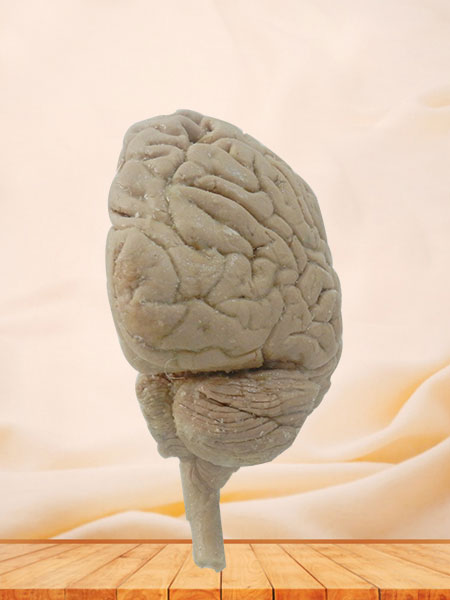

The medulla oblongata is the lowest part of the brain. These nerves are involved in facial movements and transmitting sensory information, as well as breathing. The pons also contains the start of some of the cranial nerves. It’s a group of nerves that help connect different parts of the brain. This is the largest part of the brain stem. The midbrain helps control eye movement, processes visual and auditory information, regulates motor movements, and is involved in arousal and wakefulness. It’s responsible for passing messages to various parts of the body and the cerebral cortex. The brain stem is located in front of the cerebellum and connects to the spinal cord.
controlling the production and release of hormones. maintaining daily physiological cycles, such as the sleep-wake cycle. Some specific actions the hypothalamus is responsible for include: Its role includes controlling eating, sleeping, and sexual behavior. The hypothalamus processes information that comes from the autonomic nervous system. The limbic system is a part of the brain that’s involved with emotion. The epithalamus serves as a connection between the limbic system and other parts of the brain. It’s also involved in alertness, pain sensations, and attention. The thalamus acts as a kind of relay station for signals coming into the brain. The diencephalon is located at the base of the brain. The cerebellum also helps the body maintain its posture, equilibrium, and balance. It’s involved with fine motor skills, which refers to the coordination of smaller, or finer, movements, especially those involving the hands and feet. The cerebellum is located in the back of the brain, just below the occipital lobes. They’re heavily involved in the ability to read and recognize colors and shapes. The occipital lobes are located in the back of the brain. They coordinate specific functions, including hearing, visual memory (such as facial recognition), verbal memory (such as understanding language), and interpreting the emotions and reactions of others. They are located on either side of the head on the same level as the ears. The temporal lobes house the auditory cortex. They’re involved in organizing and interpreting sensory information from other parts of the brain. The parietal lobes are located behind the frontal lobes. The frontal lobes also manage emotions, personality, and temper. They coordinates high-level behaviors, such as motor skills, problem-solving, judgment, planning, and attention. As indicated by their name, they’re located in the front part of the brain. The frontal lobes are the largest of the lobes. Each lobe is associated with different functions: The corpus callosum connects the two hemispheres, thus allowing the brain to deliver messages from one side to the other.Įach hemisphere of the cerebrum is divided into broad regions called lobes. The two hemispheres are separated by a groove called the great longitudinal fissure. It’s divided into two halves, called hemispheres. The short period of time when an egg is available, and during which a woman may become pregnant, is called ovulation.The cerebrum is the largest part of the brain. The egg and its surrounding cells move down into the fallopian tube to await fertilization. In the middle of each menstrual cycle, an ovarian follicle becomes stimulated by follicle-stimulating hormones (FSH) produced by the pituitary gland and releases an egg. The ovaries contain about half a million cells capable of becoming eggs. It also prepares the lining of the uterus for an embryo to attach to the uterine wall. Estradiol: A type of estrogen, this is the predominant sex hormone in females. Manufactured forms of progesterone are used in several birth control devices. 
Progesterone: This steroid hormone aids in readying the uterus for a fertilized egg and prevents fetus rejection.Estrogen: The hormone that gives a woman secondary sex characteristics also helps her reproductive cycle by aiding in certain functions of the reproductive system, especially thickening the inner membrane of the uterus to prepare for a fertilized egg and other functions during menstruation.During this cycle, women experience hormonal changes, including a fluctuation of the following hormones:






 0 kommentar(er)
0 kommentar(er)
